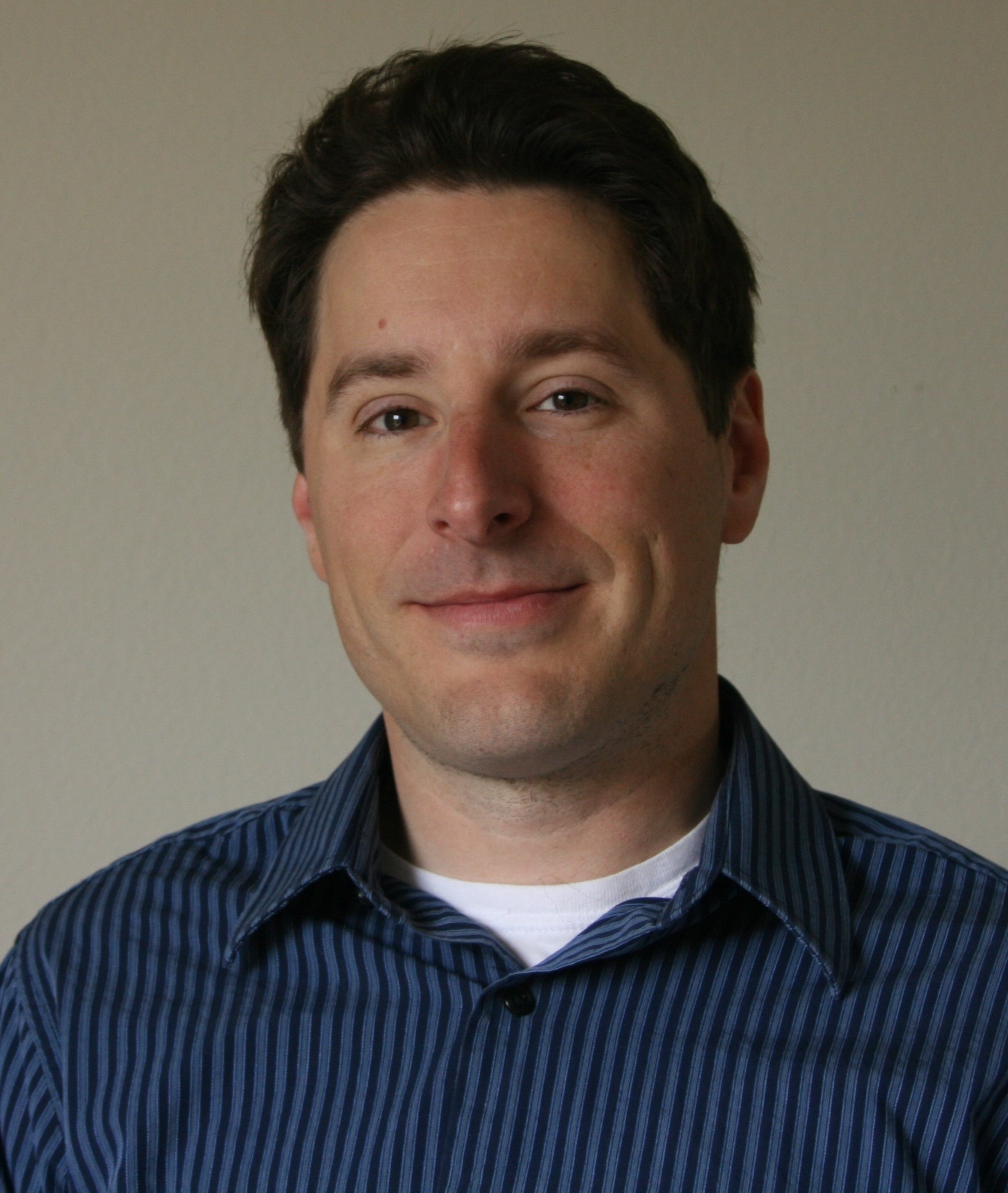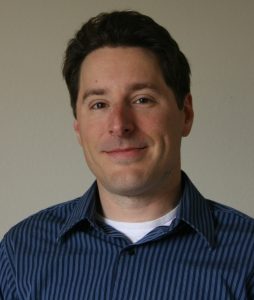“Inertia and the Power Grid: A Guide Without the Spin”
Thursday, November 4 at 1:00pm
Via Zoom
Email communications@ece.ufl.edu for Zoom information
Sponsored by the UF Chapter of the IEEE Power & Energy Society & UF Hispanics in ECE (HECE)
Abstract
Inertia—the tendency of an object in motion to remain in motion—has historically been an important source of reliability in the electric grid. Inertia from rotating electrical generators in fossil, nuclear, and hydroelectric power plants represent a source of stored energy that can be tapped for a few seconds to provide the grid time to respond to power plant or other system failures.
Historically, in the U.S. power grid, inertia from rotating generators has been abundant—and thus taken for granted in the planning and operation of the grid. However, today’s grid is evolving to include new sources of electricity generation—namely variable generation (VG) wind and solar, which do not use conventional generators and therefore do not inherently provide inertia. As VG penetration increases and conventional generators are displaced, the grid will need to be planned and operated differently in order to maintain reliability.
To inform interested stakeholders, this guide addresses a variety of questions about how inertia factors into the evolving power grid, and it describes the many proven or possible solutions that address the challenges of decreasing inertia. These questions include:
- What is inertia in the context of power systems?
- How does inertia work with other grid services to help maintain reliability?
- What technologies provide inertia?
- What impact does increasing VG penetration have on power system inertia?
- What changes can be made to maintain reliability as inertia declines?
Biography
Paul Denholm is a principal energy analyst at the National Renewable Energy Laboratory. His research interests include examining the technical and economic impacts of large-scale deployment of renewable electricity generation. He has co-authored over 150 articles on the topic of integration of wind and solar into the power grid. He holds a B.S. in physics from James Madison University, an M.S. in instrumentation physics from the University of Utah, and Ph.D. in energy analysis from the University of Wisconsin-Madison.


